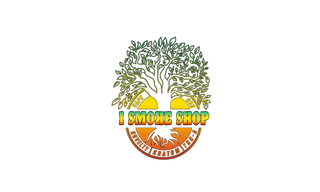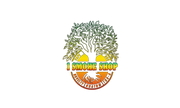Understanding THC and CBD Types: Exploring Cannabis Strains, Effects, and Edibles

In recent years, the widespread legalization and acceptance of cannabis have sparked a surge of interest in understanding its various components and effects. Two of the most prominent compounds found in cannabis are THC (tetrahydrocannabinol) and CBD (cannabidiol), each with its own set of effects and benefits. Additionally, the diverse range of cannabis strains offers unique experiences tailored to individual preferences. In this blog post, we'll delve into the differences between THC and CBD types, explore different cannabis strains, and discuss the effects of combining THC and CBD. We'll also address the duration of edibles in your system for those curious about their longevity.
Understanding THC and CBD Types:
THC and CBD are cannabinoids, chemical compounds found in cannabis that interact with the body's endocannabinoid system. THC is known for its psychoactive effects, producing feelings of euphoria and relaxation. On the other hand, CBD is non-psychoactive and is renowned for its potential therapeutic benefits, such as pain relief and anxiety reduction.

Different Strains of Cannabis:
Cannabis strains come in a wide variety, each with its own unique combination of cannabinoids, terpenes, and effects. Some popular strains include:
-
Indica: Known for its calming and sedative effects, indica strains are often preferred for nighttime use or relaxation.
-
Sativa: Sativa strains tend to be uplifting and energizing, making them suitable for daytime use or creative activities.
-
Hybrid: Hybrid strains combine characteristics of both indica and sativa, offering a balanced experience that can cater to a range of preferences.

Effects of THC and CBD:
When consumed separately, THC and CBD can produce distinct effects on both the body and mind. THC typically induces feelings of euphoria, relaxation, and increased sensory perception. However, it can also cause side effects such as anxiety or paranoia, especially in higher doses.
CBD, on the other hand, is known for its calming and anti-anxiety properties. It may help alleviate symptoms of various conditions, including chronic pain, inflammation, and epilepsy, without producing the intoxicating effects associated with THC.

Combining THC and CBD:
Combining THC and CBD can result in a synergistic effect known as the entourage effect. This phenomenon suggests that the two compounds work better together, enhancing each other's therapeutic effects while mitigating potential side effects. For example, CBD may help counteract the anxiety or paranoia sometimes caused by THC, resulting in a more balanced and enjoyable experience.
Duration of Edibles in Your System:
Edibles, such as cannabis-infused gummies or baked goods, typically take longer to kick in compared to smoking or vaping. Onset time can vary depending on factors such as metabolism and individual tolerance, but effects may be felt anywhere from 30 minutes to two hours after consumption. The duration of edibles in your system can also vary, with effects lasting anywhere from four to eight hours or more. It's essential to start with a low dose and wait patiently for the effects to manifest to avoid overconsumption and potential discomfort.




Leave a comment